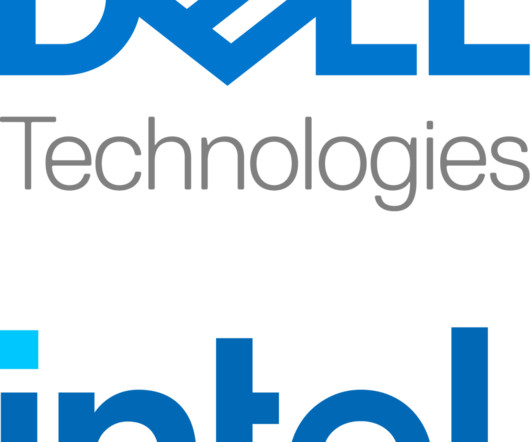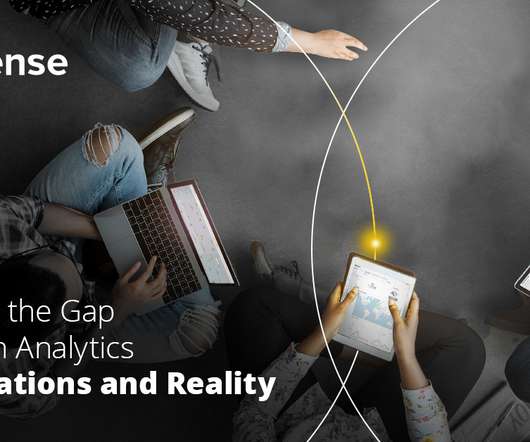Generative AI’s most noble mission: Improving and saving lives
CIO Business Intelligence
NOVEMBER 20, 2023
In 2005, it took six years to sequence the full human genome. Using that speed and intelligence together with various data sets and use cases, TGen translates lab discoveries into better patient treatments at an unprecedented pace. This helps researchers save time and costs, stay current, and potentially improve outcomes.













Let's personalize your content